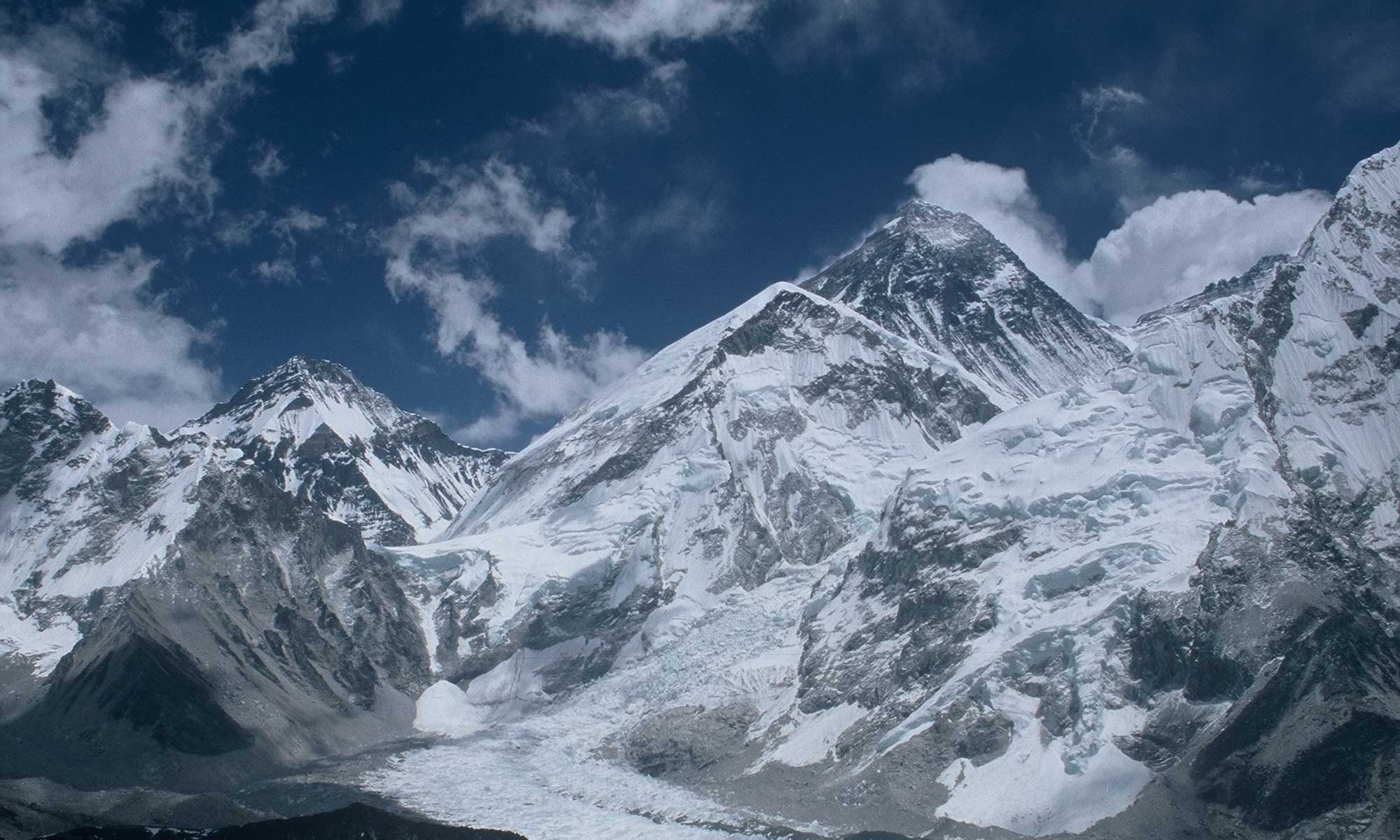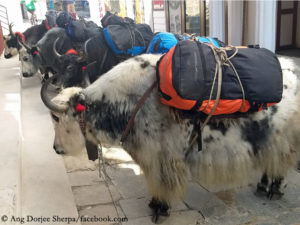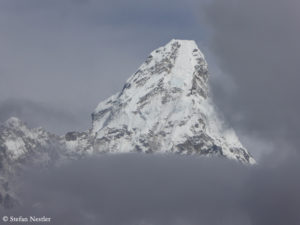Trekking tourists posing at a spot in the Khumbu with a view of Mount Everest or at the site of the base camp at the foot of the highest mountain on earth – pictures like these are currently circulating again on social networks. A sign that mountain tourism in Nepal is slowly but surely picking up again after the period of deep depression during the corona pandemic. The first numbers trickling in seem to confirm this.
According to the Sagarmatha National Park administration, about 1,400 tourists came to the Everest region in September, compared to only about 170 in the same month in 2020. Ang Dorjee Sherpa, owner of the AD Friendship Lodge in Namche Bazaar, enthusiastically told me two weeks ago that around 250 tourists had arrived in the main village of the Khumbu region in one day. A year ago, there had often been only a handful of trekkers per day.
And another fee …
The number of climbers attempting mountains in the Khumbu this fall has also picked up significantly compared to 2020. For example, Nepal’s Ministry of Tourism has so far (as of 25 October) issued 107 permits to foreign climbers for the 6,814-meter, shapely Ama Dablam alone. That is around four times as many climbing permits as a year earlier. However, there is still a long way to go to pre-pandemic level: in fall 2019, the ministry had issued 351 permits for Ama Dablam.
The fact that this season, in addition to the fees for the permit to climb a mountain, for the local administration of the Khumbu and for entering the Everest National Park, a “camping permit” must now also be paid is causing disgruntlement among operators and climbers.
At the insistence of the beleaguered tourism industry, the government of Nepal had eased the entry restrictions five weeks ago: Those who have a complete vaccination protection at least two weeks before entry no longer have to go into the previously obligatory ten-day hotel quarantine. A negative PCR test, which must not be older than 72 hours, remains mandatory for everyone.


